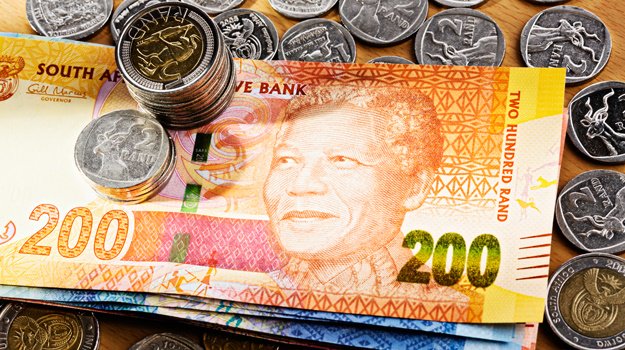News
Softer US Jobs Data Brings Good News for South Africa’s Interest Rates and Rand

South Africans got a dose of financial relief this week as global market shifts boosted the rand and improved the outlook for local interest rates. A surprise slowdown in US job growth has put pressure on the Federal Reserve to start cutting rates, setting off ripple effects that could benefit households and businesses at home.
Why America’s Jobs Matter to Mzansi
Non-farm payrolls in the United States grew by only 22,000 in August, far below forecasts of 75,000. This weak data has analysts betting on a September interest rate cut by the Fed, with more possibly on the way in October and December.
The softer numbers immediately knocked the dollar, lifting the rand to R17.52/$ on Friday and bringing it close to breaking a key resistance level at R17.50/$. While the local currency didn’t quite manage the breakthrough, the momentum signalled renewed investor confidence.
Annabel Bishop, Investec’s chief economist, explained that the prospect of three US cuts this year could keep the dollar under pressure. “The US is set to cut significantly more than the Reserve Bank, and so the rand has gained,” she said, suggesting this could allow for further rand strength.
What It Means for South Africans
The South African Reserve Bank (SARB) doesn’t simply follow the Fed’s lead, but the interest rate gap between the two countries is critical. If the US cuts aggressively, it gives SARB more breathing room to lower local rates without putting too much strain on the rand.
That’s good news for South Africans stretched by debt repayments, high food prices, and Eskom’s tariff hikes. Bishop suggested that a 75 basis point cut in the US could create space for SARB to trim local rates by 25 basis points, either at its September meeting or later in November.
Not everyone agrees, though. While some economists expect one more cut this year, others argue the Reserve Bank could pause until 2027, especially as it works toward a tougher inflation target of 3%. With shocks like global oil prices and domestic electricity costs still in play, the road ahead remains bumpy.
The Bigger Picture
Global economists warn that while the odds of a Fed cut are strong, markets might be overly optimistic about how far rates can fall. David Rees of Schroders noted that most US labour indicators remain resilient and that immigration policies could tighten the supply of workers, keeping wage pressures alive.
Still, for South Africa, even cautious Fed moves are a lifeline. A stronger rand helps tame imported inflation and offers relief at the petrol pump, while lower rates at home could provide breathing room for cash-strapped households.
On social media, the news sparked relief mixed with scepticism. “Finally, some good news for the rand!” one user posted, while another quipped, “Don’t get too excitedEskom and food prices will eat those savings.”
For now, the message is clear: the global tide is shifting in South Africa’s favour, but the benefits will depend on how carefully policymakers manage the moment.
Source:Business Tech
Follow Joburg ETC on Facebook, Twitter , TikTok and Instagram
For more News in Johannesburg, visit joburgetc.com



























